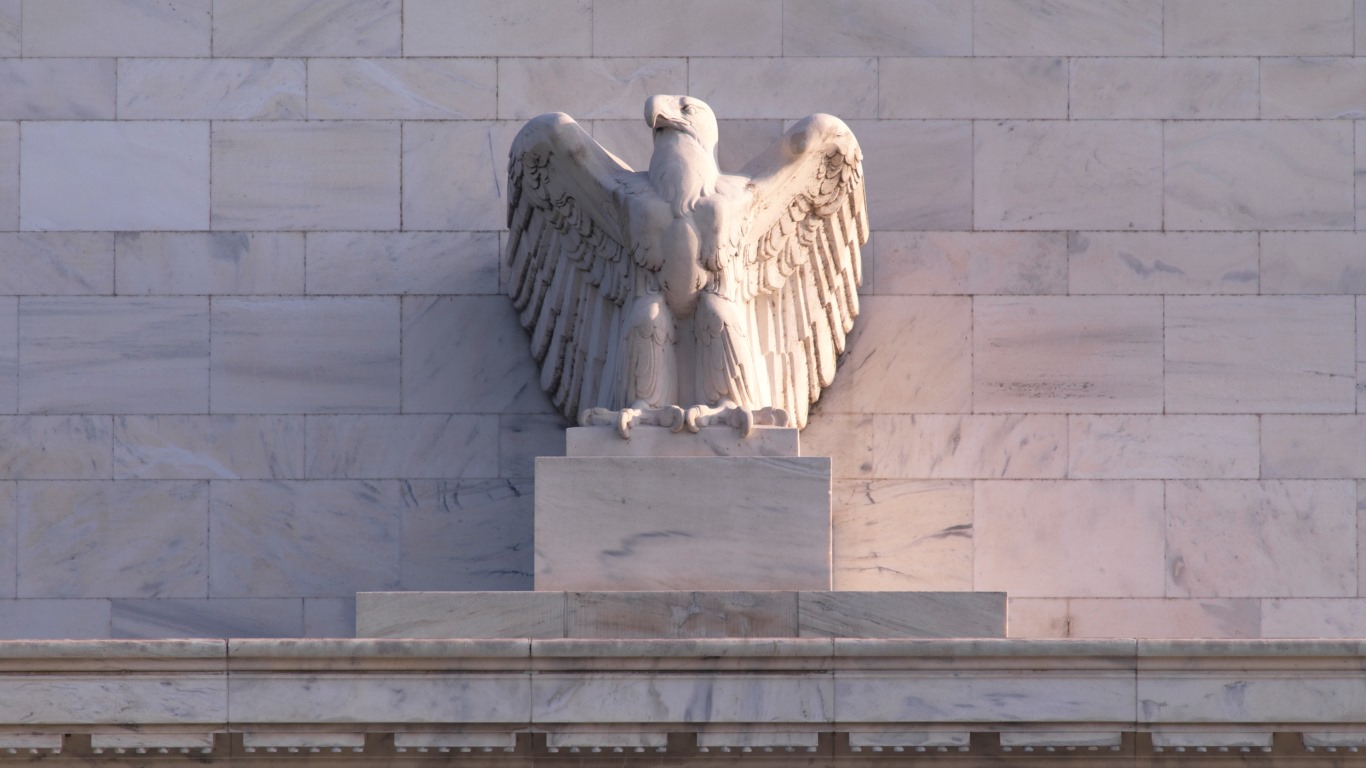
True inflation is measured at the consumer level, and it implies how much more consumers have to pay for the same goods and services year after year. Thursday’s report from the Bureau of Labor Statistics (BLS) indicated that the recent shift in Federal Reserve policy to allow for higher inflation may have been more bark than bite, at least on the producer side of inflation. Friday’s BLS report showed that the Consumer Price Index (CPI) was a bit stronger than what the production side of the economy was seeing.
Consumer prices rose by 0.4% on the headline CPI report and by 0.4% on the Core CPI, which excludes food and energy. These are still anemic, but Dow Jones had its consensus estimates pegged at just 0.3% for the monthly August readings.
The year-over-year data is what the public really views as the inflation report. Headline CPI rose by 1.3% from August of 2019, and that Core CPI posted a 1.7% gain from a year earlier. Neither of these would exactly be considered “hot” inflation, and the market has seemed to overlook any worries in early trading on Friday.
One issue that may stand out after a deeper review is that the summer months basically saw increases in prices as the economy reopened for business.
The BLS also noted that the seasonally adjusted all-items index was broad-based on the upside, but it pointed out that the used cars and trucks index was the largest factor there. The new vehicles index was unchanged in August after rising in July.
While the price of oil has come down in September, the August price levels of gasoline, shelter, recreation and household furnishings showed gains as well. The energy index rose by 0.9% in August as the gasoline index rose by 2.0%, while the food index rose by only 0.1% after a drop in July.
Here is how some of the top expense categories fared out on the annual readings, compared with August of 2019:
- All items less food and energy rose 1.7%.
- Shelter index rose 2.3%.
- Medical care index rose 4.5%.
- Apparel was down by 5.9%.
- Airline fares index was down 23.2%.
- Motor vehicle insurance was down 1.5%.
The BLS did include a note that it has continued to see challenges in collecting the data due to a suspension of price collection activities in-person since March 16, 2020. The BLS said that it has seen an increase in the number of prices considered “temporarily unavailable and imputed” and that many indexes are currently based on smaller amounts of collected prices than usual.
Prices were higher in August, but not by levels that should have the inflation worriers overly concerned.
In 20 Years, I Haven’t Seen A Cash Back Card This Good
After two decades of reviewing financial products I haven’t seen anything like this. Credit card companies are at war, handing out free rewards and benefits to win the best customers.
A good cash back card can be worth thousands of dollars a year in free money, not to mention other perks like travel, insurance, and access to fancy lounges.
Our top pick today pays up to 5% cash back, a $200 bonus on top, and $0 annual fee. Click here to apply before they stop offering rewards this generous.
Flywheel Publishing has partnered with CardRatings for our coverage of credit card products. Flywheel Publishing and CardRatings may receive a commission from card issuers.
Thank you for reading! Have some feedback for us?
Contact the 24/7 Wall St. editorial team.


